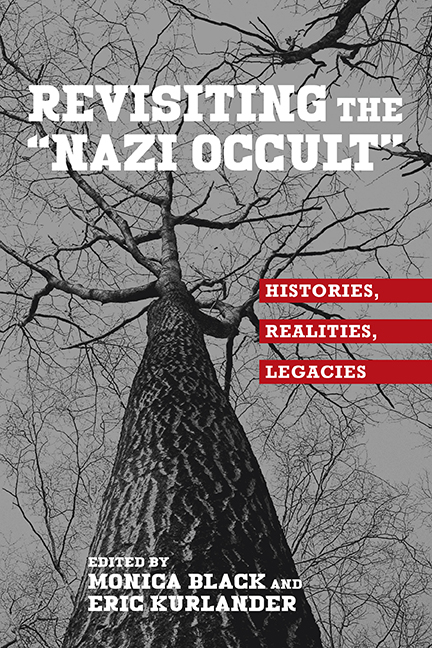12 - The Wewelsburg Effect: Nazi Myth and Paganism in Postwar European Popular Music
Published online by Cambridge University Press: 10 June 2021
Summary
Historians have not given [racial thought, Germanic Christianity, and völkisch mysticism] much serious attention, for they have regarded this ideology as a species of subintellectual rather than intellectual history. It has generally been regarded as a façade used to conceal a naked and intense struggle for power, and therefore the historian should be concerned with other and presumably more important attitudes toward life. Such however was not the case.
—George Mosse, The Crisis of German IdeologyIntroduction: What Was the Wewelsburg?
THERE ARE MANY LEGENDS associated with the castle of Wewelsburg near the city of Paderborn in North Germany. One relates that the saga of Wewelsburg is about the “last battle at the birch tree,” in which a “huge army from the East” was beaten decisively by the “West.”2 Another says that Wewelsburg was the home region of the ancient Germanic warrior Herrmann the Cheruscan. But the most influential legend about the Wewelsburg, which is still current, is that of the connection between Heinrich Himmler, the SS, and Wewelsburg in the 1930s and 1940s. Wewelsburg was intended to be a place of worship (Kultstätte) and spiritual center for the SS—Himmler's Valhalla.
Wewelsburg was initially intended to be a training center of the SS Race Office (Rasseamt), though it was not used for regular training purposes. 5 Rather, stimulated by the occult-inspired runologist and SS-Officer Karl Maria Wiligut, Himmler undertook renovating the Wewelsburg as the central meeting place of the SS group leaders. After the completion of the renovation, every group leader of the SS (Gruppenführerkorps) was to meet there regularly, and each newly promoted group leader was to be sworn in on the SS race and blood laws. Himmler also decided that the skull rings (Totenkopfringe) of deceased SS men were to be solemnly preserved in the Wewelsburg. Courses for SS-officers in pre- and early history, mythology, archaeology, and astronomy took place there regularly.
Himmler's efforts to create an elite group of Nazi warrior-priests failed, and his occult- and pagan-Germanic musings never became the official religion of the Third Reich. But nor did the persistent myth of Nazi occultism, as exemplified by Himmler's activities at the Wewelsburg, end with the collapse of the Third Reich.
Information
- Type
- Chapter
- Information
- Revisiting the "Nazi Occult"Histories, Realities, Legacies, pp. 270 - 286Publisher: Boydell & BrewerPrint publication year: 2015
